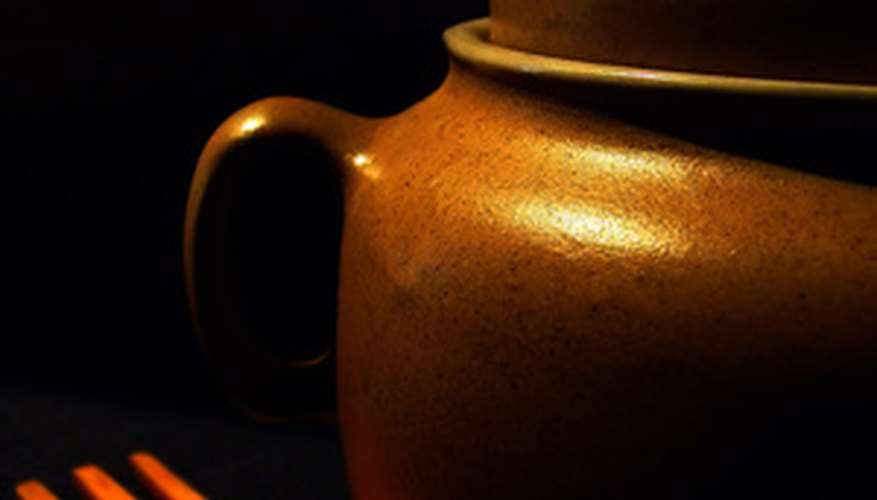Plaster of Paris is made by adding calcium to gypsum and placing it under high pressure and heat and then the product is scraped into a powder form which will be used with water to make the final material from which you will make your works of art or decoration. This versatile form of plaster is used in everything from jewellery to fireproofing homes. Statues and other decorative pieces are fired and then covered with a colour and a shiny finish known as glaze. With a little practice you will be able to make your own pieces from start to finish.
- Plaster of Paris is made by adding calcium to gypsum and placing it under high pressure and heat and then the product is scraped into a powder form which will be used with water to make the final material from which you will make your works of art or decoration.
Remove the plaster of Paris piece that you are forming from the mould and let it dry in a warm dry place for at least 48 hours. If the piece is big, allow 48 hours for every 6 inches of area so that a piece measuring 24 square inches would need to dry for eight days.
Preheat the kiln until it reaches a temperature of 538 degrees Celsius. It is very important not to rush this step. If the temperature is too low it will not set correctly, and if it is too high the piece can crack. Place the piece on a rack inside the kiln or outside the kiln and slide it in on the rack. The amount of time will vary as to the size of your piece. Remove using heat-0 proof gloves.
Choose the colour or finish you want to use remembering that the final look of your piece will be slightly different than the colour on the pot of glaze. Use as small and fine a brush as you can to avoid leaving strokes in the glaze.
Let the glaze dry for two or three hours and preheat the kiln to 537 degrees Celsius. Place the glazed piece on the rack in the kiln and allow it to bake to the time recommended by the kiln manufacturer. Use heat-proof gloves to remove the piece.
TIP
Test fire a small piece of plaster of Paris using the colour of your glaze because glaze often dries differently than it appears in the pot.
WARNING
Use a kiln thermometer to make sure that the kiln is keeping true temperatures.
